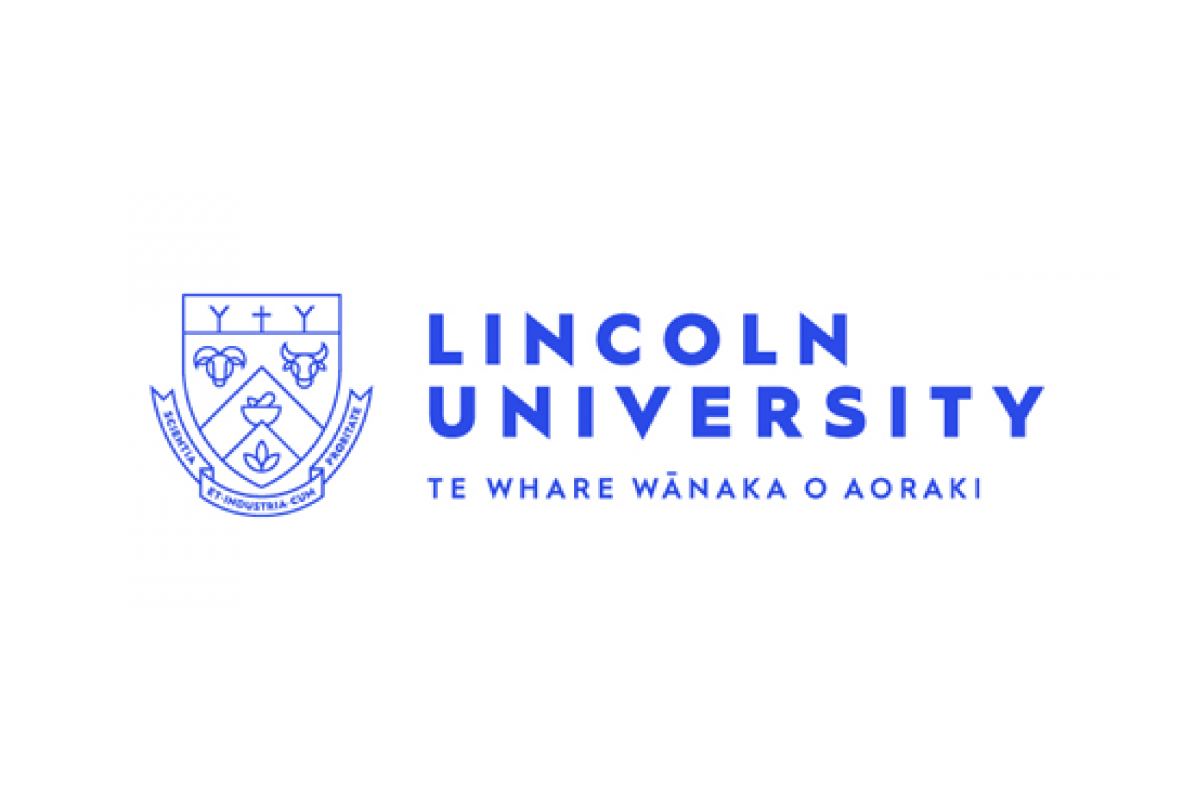The impact on our primary production systems of our transition to a low carbon economy
Leader
Economic projections for our low emissions economy miss a fundamental physical challenge in our transition. Biophysical analysis and our primary food systems can address this. Here’s how.
Background
The transition from energy dense fossil fuels to far less dense renewable alternatives is the story of our time. We need a huge transition to low emission energy systems.
Urgency is growing so fast it’s now being hailed a war-scale mobilization of change.
New Zealand’s transition is outlined in our proposed Zero Carbon Act. An outstanding and enormous step forward, this document puts us on the front foot internationally.
But see it in context. Its underlying modelling is rooted solely in economics.
The problem
Economics does not reflect the physical impact of our transition, especially on energy.
Taxes, tariffs, interest rates, discounts, exchange rates, bonuses, deficits, etc etc. Strip them away to look purely and simply at the energy aspects of transition.
As a key part of my Nuffield study I did this for the data behind the Carbon Zero Act. I used a method from biophysical economics known as Energy Return On Energy Investment.
This method makes a ratio of the amount of energy our society uses (in coal, petrol, diesel, PV, wind etc) relative to the amount we invest in obtaining that energy (mining, refining, building wind turbines, and shipping fossil fuels etc). Simply put: a ratio of outputs to inputs on an energy scale.
Today, this ratio for our national energy mix is 20:1. Under our ambitious transition scenario for 2050, this ratio is 9:1. A drop of over 50%.
The impact on our economy and especially our primary food systems is unknown, completely unanticipated and probably substantial. Think of it like an alcoholic transitioning from vodka and whiskey to beer and wine. Surely there must be withdrawal symptoms. Where will they bite hardest?
We cannot afford to pursue a transition path on economic merits for several years to have it crash into physical constraints. Reversing back and changing tack would be a massive failure. A loss of resources, loss of trust, loss of direction, loss of time.
The solution
We need a ‘Transition Institute’ within the Independent Climate Body. It does these energy analyses and tackles other biophysical issues. We pioneer integration of its outcomes in our primary food chain, because these people have an immensely practical and innovative grasp of this very physical approach to system optimization. Besides the fact that they drive export revenue. Just the nuts and bolts of transition. No silicon valley. No virtual reality. No exotic financial instrumentation.
Linking our physical knowledge and our economic knowledge, we map out a transition that fits both our financial aspirations and our biophysical boundaries. We’ll lead the world by a good margin in achieving this.
Solis Norton
solisnorton1@gmail.com

























